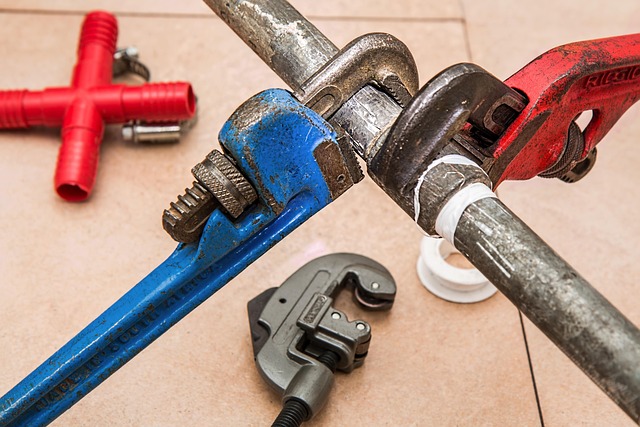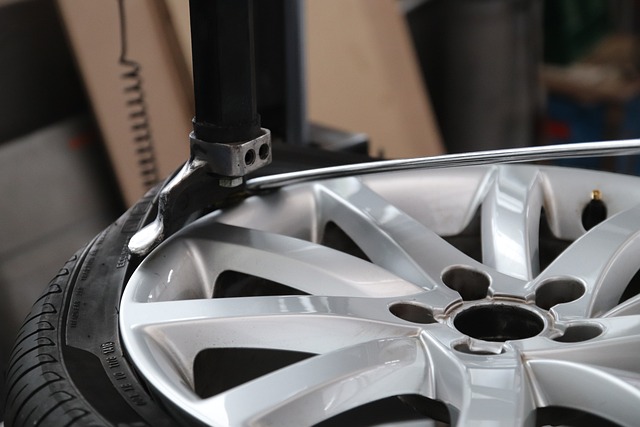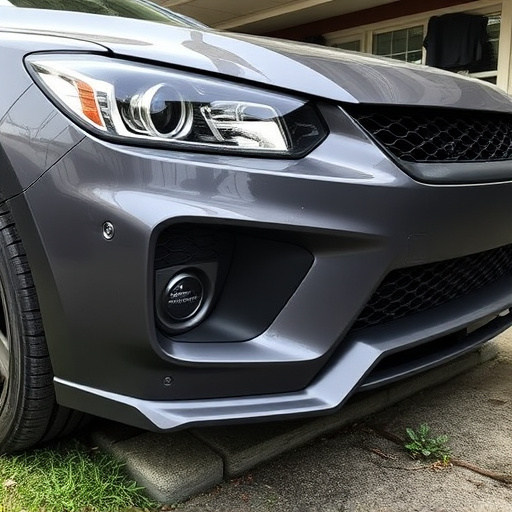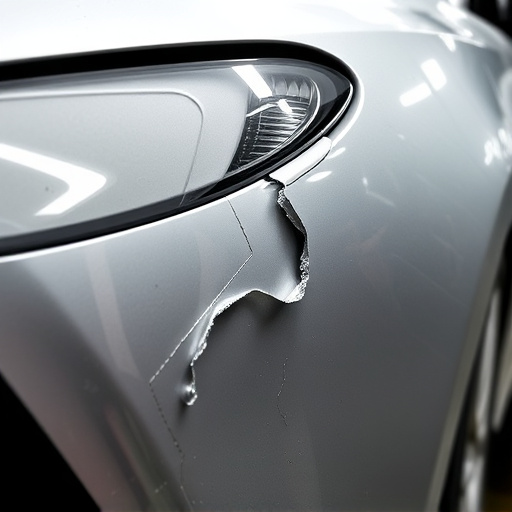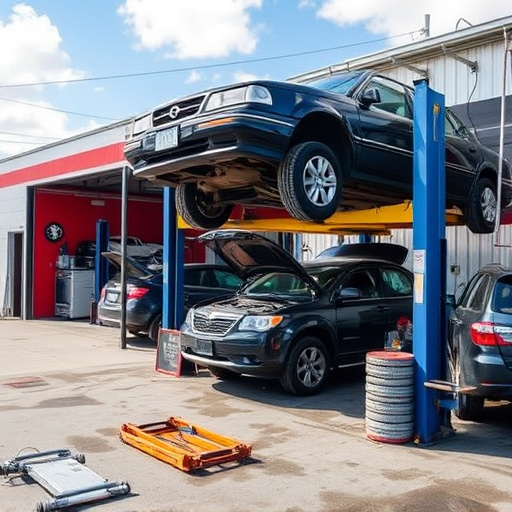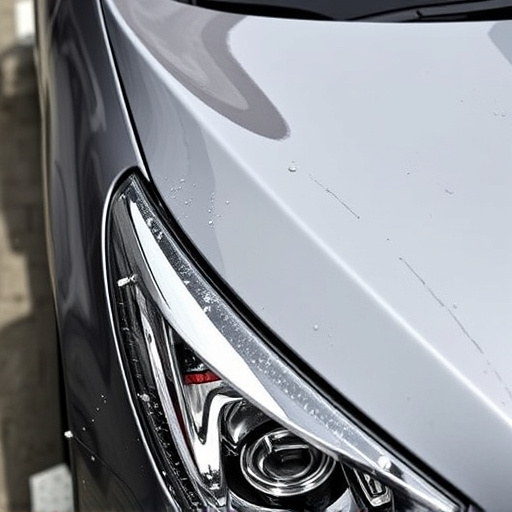A Tesla Drive Unit (TDU) inspection for Models 3 and Y involves a meticulous process under the floorpan, including scanning for errors, visual checks, fluid levels, sensor functionality, and test drives. Regular maintenance, early problem detection (like MCU degradation), using authorized parts, and cleaning prevent severe issues. For severe damage, visit an automotive restoration specialist.
“Uncover the secrets of your Tesla’s performance with a comprehensive guide to drive unit inspection. This article delves into the intricacies of Tesla’s cutting-edge technology, focusing on the Model 3 and Y. We’ll walk you through understanding and inspecting critical components, offering a step-by-step process for a thorough checkup. Learn about common issues and essential maintenance tips to keep your Tesla running smoothly. Discover how to navigate this process, ensuring optimal performance and peace of mind.”
- Understanding Tesla Drive Unit Components
- Step-by-Step Inspection Process for Model 3 and Y
- Common Issues and Maintenance Tips
Understanding Tesla Drive Unit Components

The Tesla Drive Unit (TDU) is a critical component within the electric vehicle (EV) ecosystem, responsible for controlling and managing the power delivery to the wheels. In the Tesla Model 3 and Y, this compact yet powerful unit houses advanced electronics, including motor controllers, inverters, and software that orchestrate smooth acceleration and efficient driving dynamics. A thorough understanding of its various parts is essential when conducting a Tesla drive unit inspection, as it involves identifying potential issues in sensors, wiring harnesses, and control modules that could impact vehicle performance and safety.
During an inspection, automotive repair specialists will assess the physical condition of TDU components, checking for wear, damage, or loose connections. They may also utilize diagnostic tools to verify code-free operation, ensuring optimal efficiency and range. Regular maintenance and prompt attention to any anomalies can prevent more serious problems, ultimately contributing to a seamless driving experience. Collision repair shops offering collision repair services with expertise in Tesla vehicles should be well-versed in these inspections to provide top-tier care for Model 3 and Y owners.
Step-by-Step Inspection Process for Model 3 and Y

Performing a Tesla drive unit inspection on the Model 3 and Y involves a systematic approach to ensure optimal performance and safety. Begin by locating the drive unit, typically found under the vehicle’s floorpan, accessible through the trunk or underbody. Next, power off the car and disconnect the battery for safety precautions. Remove any debris or covers protecting the drive unit, revealing its intricate components.
Use diagnostic tools to initiate a scan, identifying potential issues or errors. Inspect visually for any signs of damage, corrosion, or loose connections. Check fluid levels and condition, ensuring they meet Tesla’s specifications. Verify the proper functioning of all sensors, motors, and cables associated with the drive unit. If needed, compare readings against known good units to pinpoint anomalies. Lastly, reassemble components, reconnect the battery, and perform a test drive to validate the inspection’s accuracy, potentially highlighting the importance of regular maintenance for auto repair services, frame straightening, or tire services in these electric vehicles.
Common Issues and Maintenance Tips

When conducting a Tesla drive unit inspection on models 3 or Y, it’s crucial to be aware of common issues that can arise within the vehicle’s electric drivetrain. One frequent problem is the degradation of the motor control units (MCUs), which can result from power surges or exposure to extreme temperatures. These MCUs are responsible for managing the car’s motor performance and efficiency, so any malfunction can significantly impact driving dynamics. Regular checks for signs of damage, corrosion, or unusual noises during operation can help catch these issues early on.
Maintenance tips include keeping up with scheduled Tesla service appointments, as these often include detailed inspections. Additionally, using only authorized replacement parts and maintaining a clean environment for the drive unit can prevent premature wear and tear. In case of more severe damage, considering a visit to a reputable vehicle body shop specializing in automotive restoration for expert repairs is advisable. This ensures that any issues are correctly identified and resolved, prolonging the life of your Tesla’s drive unit.
A thorough understanding of Tesla’s drive unit components is key to performing a successful inspection on models 3 and Y. By following the step-by-step process outlined in this article, owners and mechanics alike can identify potential issues and conduct effective maintenance. Regular checks for common problems, as discussed, will help ensure optimal performance and extend the lifespan of your Tesla’s drive unit, ultimately contributing to a smoother driving experience. Remember, when it comes to Tesla drive unit inspection, knowledge is power!
